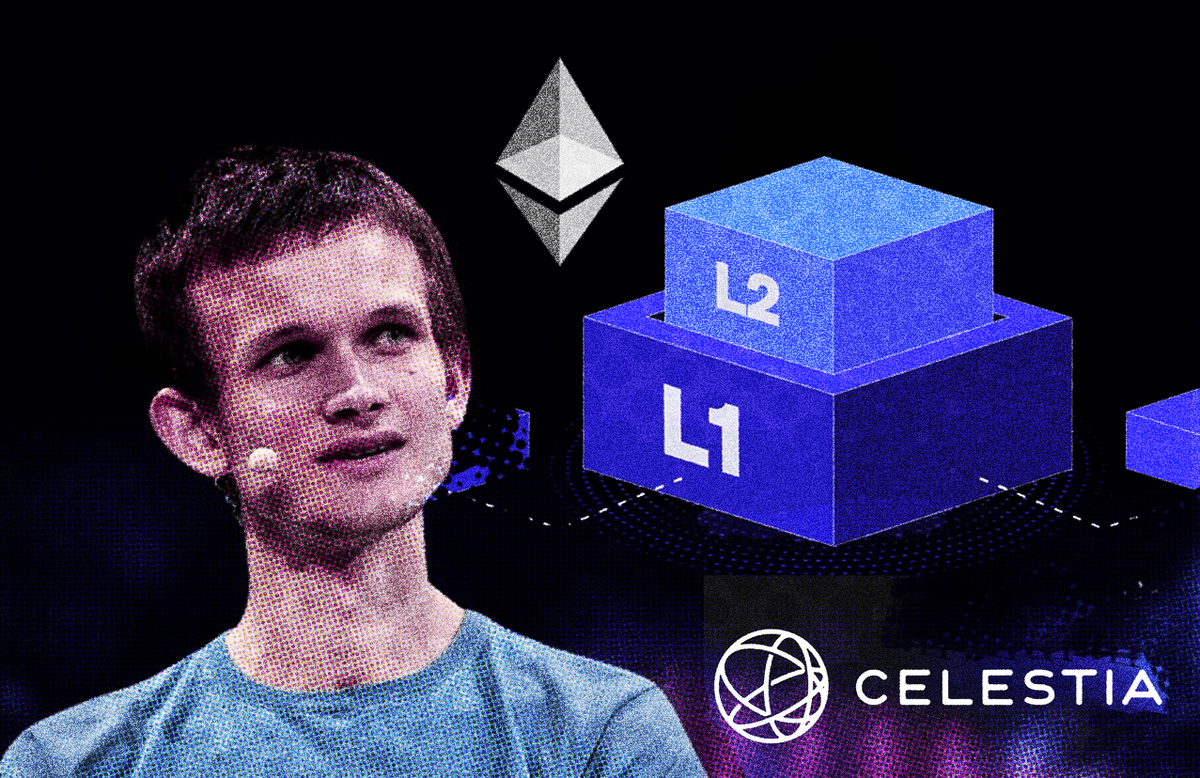
Ethereum Foundation co-founder Vitalik Buterin has recently weighed in on the classification of the blockchain's Layer 2 (L2) scaling solutions and declared that validiums associated with Ethereum should not be confused with genuine rollup solutions.
The discussion gained momentum this week, when Ethereum enthusiast and Soul Wallet co-founder Zeng Jiajun noted that ethereum.org and Buterin define "Layer 2 = rollup" and added that "if one uses any other chain (Celestia, for example) as DA [data availability], it is a Celestia L2."
Buterin agreed with Daniel Wang, the founder of Taiko, an Ethereum rollup solution, who suggested that Ethereum rollups relying on external data chains for data availability, like Celestia, should be classified as validiums.
This is correct.
— vitalik.eth (@VitalikButerin) January 16, 2024
The core of being a rollup is the unconditional security guarantee: you can get your assets out even if everyone else colludes against you. Can't get that if DA is dependent on an external system.
But being a validium is a correct choice for many apps, and…
Buterin shared the defining feature of rollups, stating that "the core of being a rollup is the unconditional security guarantee: you can get your assets out even if everyone else colludes against you." He also pointed out the inherent security risks when data availability (DA) is dependent on an external system and recognized that a validium is a viable choice for many applications. He suggested that implementing robust, distributed DA systems could significantly bolster the practical security of a validium.
Validiums, as defined by ethereum.org, are a scaling solution for Ethereum that enhances transaction processing capacity by allowing off-chain transactions through zero-knowledge (ZK) proofs while relying on the blockchain's mainnet for verification processes and security. Unlike rollups, validiums bypass storing all transaction data to an L1, boosting scalability by limiting on-chain data storage.
Validiums also introduce reliance on third-party operators for accurate proof postings, potentially impacting data availability, a challenge less prevalent in rollups. Validiums are crucial in balancing transaction speed and privacy in systems like Celestia's modular blockchain.
Celestia uses a modular design, differing from Ethereum's architecture, by separating data availability and validation into distinct layers. This structure offers customizable data availability and independent validation layer deployment.
In contrast, Ryan Berckmans, a member of the Ethereum community and the founder of Ethereum payments app 3cities, challenges Buterin's view. Berckmans commented that validiums should be considered L2 networks, arguing that a Layer 2 chain is defined by its settlement on Ethereum, not by the location of its data availability. He emphasizes the industry's flexibility in still being able to define 'L2' and suggests a more inclusive definition encompassing both rollups and validiums. Berckmans also references L2Beat, a platform tracking the adoption of layer-2 protocols, which currently includes validiums in its L2 lists.
Yes, but validiums are L2s.
— Ryan Berckmans ryanb.eth (@ryanberckmans) January 16, 2024
This is a new industry, we can define "L2" to mean whatever we want.
The maximally useful definition of L2 includes both rollups and validiums.
That's why L2Beat lists validiums today.
L2 = rollup or validium https://t.co/WwtkAV2sAE
L2Beat's website, however, states that validiums are not L2s: "by not publishing data on L1 they introduce additional trust assumptions on top of it. If the data to reconstruct the state is not made available by the operators of the off-chain DA solution, funds are at risk." So L2Beat considers validiums to fall outside the scope of traditional rollup-style L2 solutions.
"We include Validiums and Optimiums along with L2s mainly for historical reasons. We introduced them when the L2 space was still in its infancy and we wanted to provide a comprehensive overview of the space. We will continue to track these projects to provide the community with a broader perspective on the state of the space and to provide tools to evaluate the different tradeoffs between the various solutions."
Although there is still debate over whether a validium should fall under the L2 umbrella, Vitalik clearly sees the structure as something separate.

